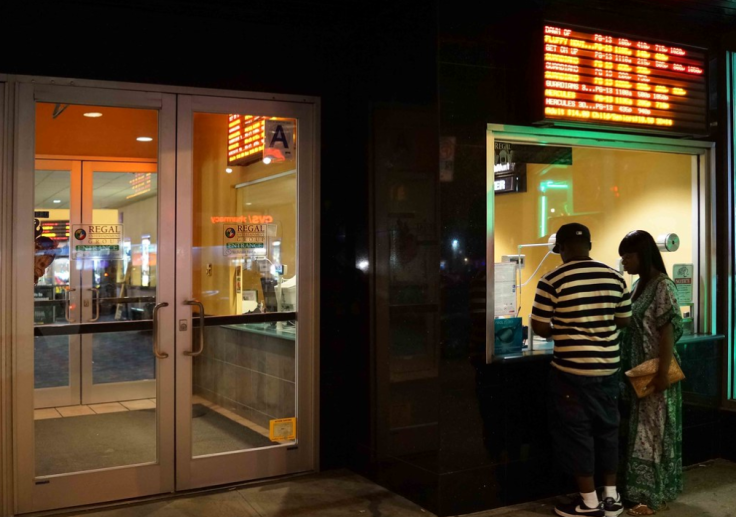Plexiglass Barriers See Rising Demand As Businesses Try To Reopen Safely
KEY POINTS
- Businesses install plexiglass barriers as they reopen
- Demand for plexiglass has soared
- Plastics companies now work around the clock to address the increasing demand
As states lift stay-at-home orders and businesses and public places reopen, the big question is how to maintain safe social distancing in places that can become crowded. Companies and businesses are turning to plexiglass barriers for the purpose. Expect to see these transparent acrylic barriers in more and more places as the nation grapples with the difficult task of going back to normal amid the coronavirus lockdowns.
Plexiglass barriers are among the recommendations made by the Occupational Safety and Health Administration (OSHA) for businesses to have in place in order to continue to operate amid the COVID-19 pandemic.

Plexiglass or acrylic barriers are versatile plastic materials that have high impact resistance while maintaining high optical clarity, according to Glass Doctor. These materials, made out of polymers of methyl methacrylate, are also lightweight and cheaper than glass. Plexiglass was initially used for commercial windows and retail signages.
Small and large plexiglass sheets prevent any airflow and contact between individuals. As face shields, hospital front-liners can use them to avoid infection when treating COVID-19 patients. When used as installations, plexiglass can form partitions between office desk, between waiting lines, grocery counters, and sinks and bathrooms. Manufacturing companies are the first to use this material as installed barriers, but government agencies and commercial businesses are starting to incorporate these into their offices.
Plexiglass was first produced in 1928 and was heavily commercialized by a German plastics company in 1933. To date, there are two large companies that produce plexiglass — Rohm and Perplex. In the U.S., local plastics companies are getting into the mass production of plexiglass as demand from businesses soar. Amazon, Home Depot and other stores are seeing a rise in order for plexiglass sheets. Reports say companies are working four shifts round the clock to cater to the soaring demand. Despite this successful surge, these companies face the problem of keeping up with the orders.
In 2019, the global plastics market size was valued at about $600 billion. Post-pandemic, plastics company owners see plexiglass propping up demand.
© Copyright IBTimes 2025. All rights reserved.





















